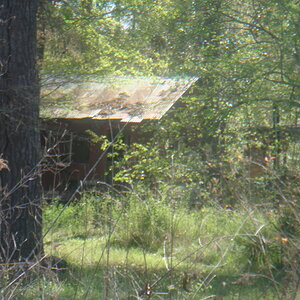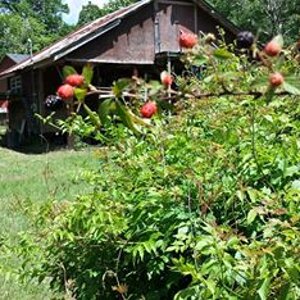Fiji-Fujii
TPF Noob!
- Joined
- Aug 5, 2015
- Messages
- 83
- Reaction score
- 43
- Location
- Uranus
- Website
- fiji-fujii.deviantart.com
- Can others edit my Photos
- Photos OK to edit
Collection of various invertebrates (not just insects, arachnids and molluscs as well) I tried to capture over the past couple of months. 
Honest critiques and helpful tips are very much appreciated!
Camera + lens used: Sony SLT-A58 + DT 3.5-5.6/18-55 SAM II, 0.25m/0.82ft, ⌀55

Mottled Umber (Erannis defoliaria) grub with whatever that red thing on the leaf is, I think it might be a parasite of some sort but I'm not sure.

Dead Blue Ground Beetle (Carabus intricatus) that I found lying in our inner yard. :'(

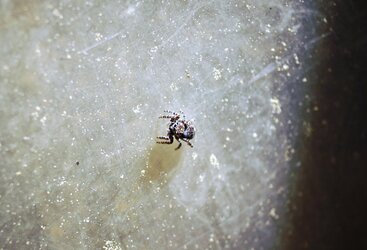
Two versions of the same shot of a tiny Jumping Spider (family Salticidae), we have dozens of those in our inner yard, seems like a safe haven for them. Anyway, which one's better? I can't really decide...

White Cross Spider a.k.a. European Garden Spider (Araneus diadematus), from our garden. She recently had babies. How do I know? They're all over our garden now that she's gone.

Broad-Bodied Chaser (Libellula Depressa) in our parents' house's garden. This is one of the most beautiful dragonflys I have ever seen, personally.
This is one of the most beautiful dragonflys I have ever seen, personally.

And last but not least, I got to document a snail invasion in our garden on a rainy day. Made several shots, but in my opinion, this one's the best out of all of them.
Made several shots, but in my opinion, this one's the best out of all of them.
And with that, I'll stop my photography spam here for the next couple of days.
Honest critiques and helpful tips are very much appreciated!

Camera + lens used: Sony SLT-A58 + DT 3.5-5.6/18-55 SAM II, 0.25m/0.82ft, ⌀55
Mottled Umber (Erannis defoliaria) grub with whatever that red thing on the leaf is, I think it might be a parasite of some sort but I'm not sure.
Dead Blue Ground Beetle (Carabus intricatus) that I found lying in our inner yard. :'(


Two versions of the same shot of a tiny Jumping Spider (family Salticidae), we have dozens of those in our inner yard, seems like a safe haven for them. Anyway, which one's better? I can't really decide...
White Cross Spider a.k.a. European Garden Spider (Araneus diadematus), from our garden. She recently had babies. How do I know? They're all over our garden now that she's gone.
Broad-Bodied Chaser (Libellula Depressa) in our parents' house's garden.
 This is one of the most beautiful dragonflys I have ever seen, personally.
This is one of the most beautiful dragonflys I have ever seen, personally. And last but not least, I got to document a snail invasion in our garden on a rainy day.
And with that, I'll stop my photography spam here for the next couple of days.




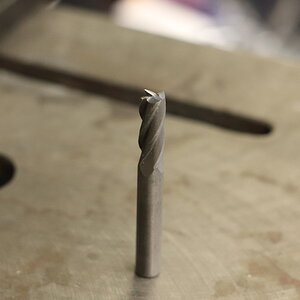
![[No title]](/data/xfmg/thumbnail/31/31012-f5e0c7cdea2f2c3e44737e3f61c2461a.jpg?1619734567)
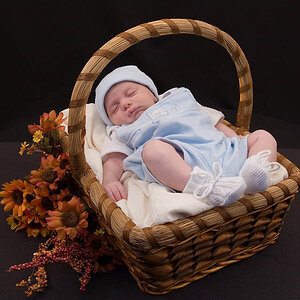
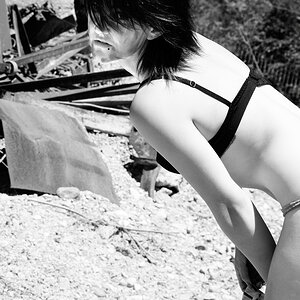

![[No title]](/data/xfmg/thumbnail/31/31011-439c1242fe08cf6b54f32bf06523a567.jpg?1619734567)
![[No title]](/data/xfmg/thumbnail/30/30890-45d8875af0c79f0f727d7d55132972b0.jpg?1619734501)
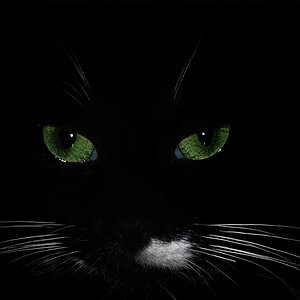
![[No title]](/data/xfmg/thumbnail/36/36396-f8e84def7352af726df923054b86284f.jpg?1619737549)
